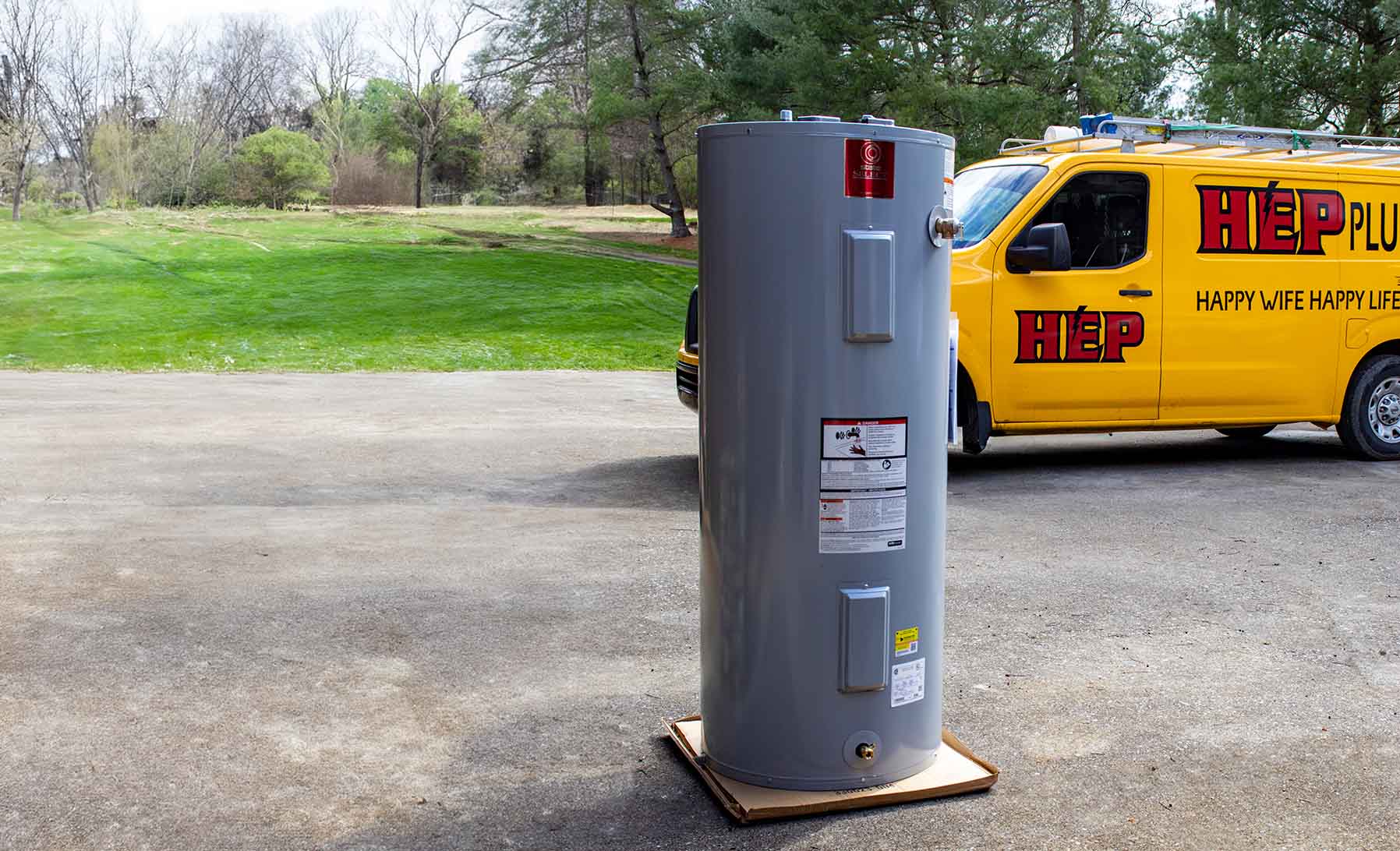

Peak Efficiency
Your trusted partner for professional home services. Quality workmanship, guaranteed satisfaction.




- HEP
- Peak Efficiency
Peak Efficiency | Tank Water Heater | Plumbing | Pelham
When chilly Pelham mornings demand hot, reliable water, homeowners turn to HEP’s Peak Efficiency Plumbing for a tank water heater that performs flawlessly day after day. Our licensed technicians size, install, and fine-tune each system so it heats up fast, stays efficient, and keeps your utility bills pleasantly low. From selecting the right-capacity unit to hauling away the old tank, we handle every step with local know-how and a commitment to spotless workmanship.
Because we’re Pelham’s one-call solution, you’ll enjoy transparent pricing, same-day service, and round-the-clock emergency support long after your new tank starts humming. Let HEP raise the bar on comfort and efficiency—schedule your tank water heater upgrade today and feel the difference in every shower, load of laundry, and cozy cup of tea.
FAQs
What size tank water heater will give my Pelham home peak efficiency?
Proper sizing keeps the heater from short-cycling and wasting energy. As a rule of thumb, 30–40 gal serves 1–2 people, 40–50 gal covers a 3–4 person household, and 50–80 gal handles 5 or more. Just as important is the First-Hour Rating (FHR). For peak efficiency, choose an FHR that is within 1–2 gallons of your family’s busiest hour of hot-water use. Oversizing creates needless standby losses, while undersizing forces the unit to fire constantly. Our Pelham team can calculate demand, check incoming groundwater temperature (about 60 °F locally), and recommend a right-sized, high-UEF model.
How often should I flush my tank water heater in Pelham?
Pelham’s municipal water is moderately hard (about 90–110 ppm). That means mineral scale forms inside the tank and on the heating elements. To maintain peak efficiency, we recommend a full flush once a year for gas models and every 6–9 months for electric units. Flushing removes sediment that acts as insulation, raises operating temperature, and shortens tank life. A flush takes about 30 minutes, and our technicians also inspect the anode rod during the same visit to make sure the tank’s corrosion protection is intact.
What efficiency ratings should I look for when replacing a tank water heater in Pelham?
Federal labeling now uses the Uniform Energy Factor (UEF). Standard gas tanks average 0.60 UEF, but ENERGY STAR® gas models reach 0.64–0.70 UEF. Electric resistance tanks run 0.90–0.95 UEF, and heat-pump hybrids jump to 3.3 UEF or higher. A higher number means less fuel or electricity is wasted. Pelham follows the 2021 International Energy Conservation Code, so choosing an ENERGY STAR® unit often qualifies you for utility rebates and the federal 25C tax credit (30 % of cost, up to $600). We present homeowners with side-by-side lifecycle cost comparisons before installation.
Will adding insulation or a timer really improve an existing tank’s efficiency?
Absolutely. A $25 fiberglass tank blanket and $10 of pipe wrap can cut standby heat losses 7–16 %, paying for themselves in the first year. For electric units, a programmable timer or smart plug can shut the heater off during Pelham’s afternoon peak-rate period, trimming another 5–12 % from your bill. Gas models benefit from lowering the thermostat to 120 °F and installing heat traps on inlet/outlet pipes. These upgrades don’t void the manufacturer’s warranty when installed by a licensed plumber.
Do I need a permit to replace my water heater in Pelham and will Peak Efficiency Plumbing handle it?
Yes. The City of Pelham Building Services Department requires a plumbing permit for any water-heater replacement to verify compliance with venting, T&P discharge, seismic strapping, and gas-line sizing. Peak Efficiency Plumbing pulls the permit, schedules inspection, and provides the homeowner with all paperwork. Skipping the permit can delay home sales and void insurance coverage, so we include it in our turnkey pricing.
How does a professional "peak efficiency" tune-up extend the life of my tank water heater?
Our annual tune-up goes beyond a simple flush. We measure inlet water pressure, test the T&P valve, calibrate the thermostat for accuracy, clean the burner or heating elements, inspect combustion air supply, check for gas leaks, and replace the anode rod if it has less than ½" core steel left. These tasks keep heat transfer surfaces clean, prevent overheating, and control corrosion, often adding 2–5 years to the tank’s service life while keeping energy use as low as possible.